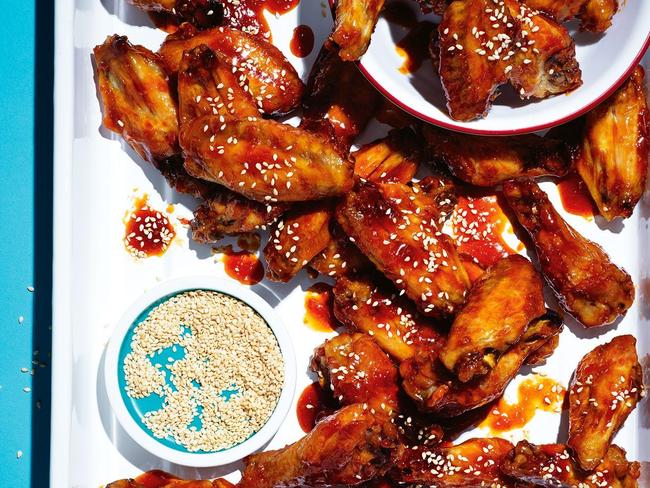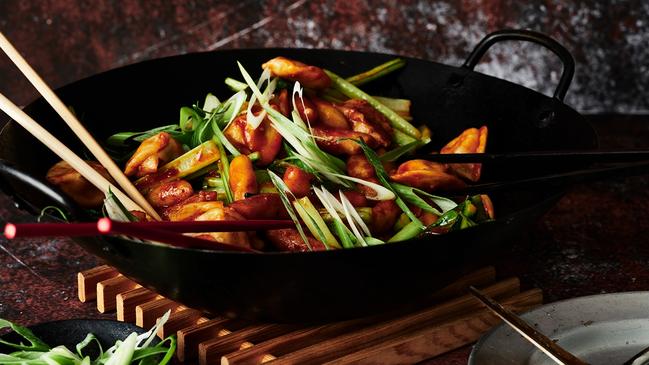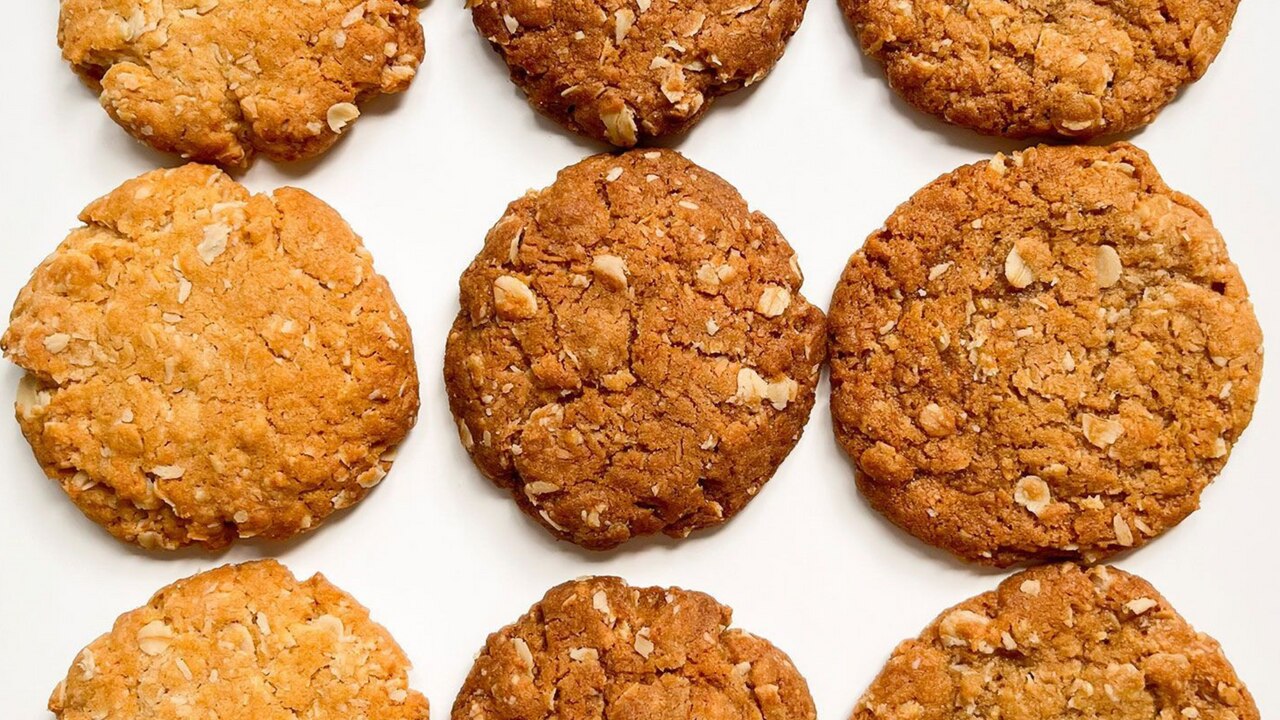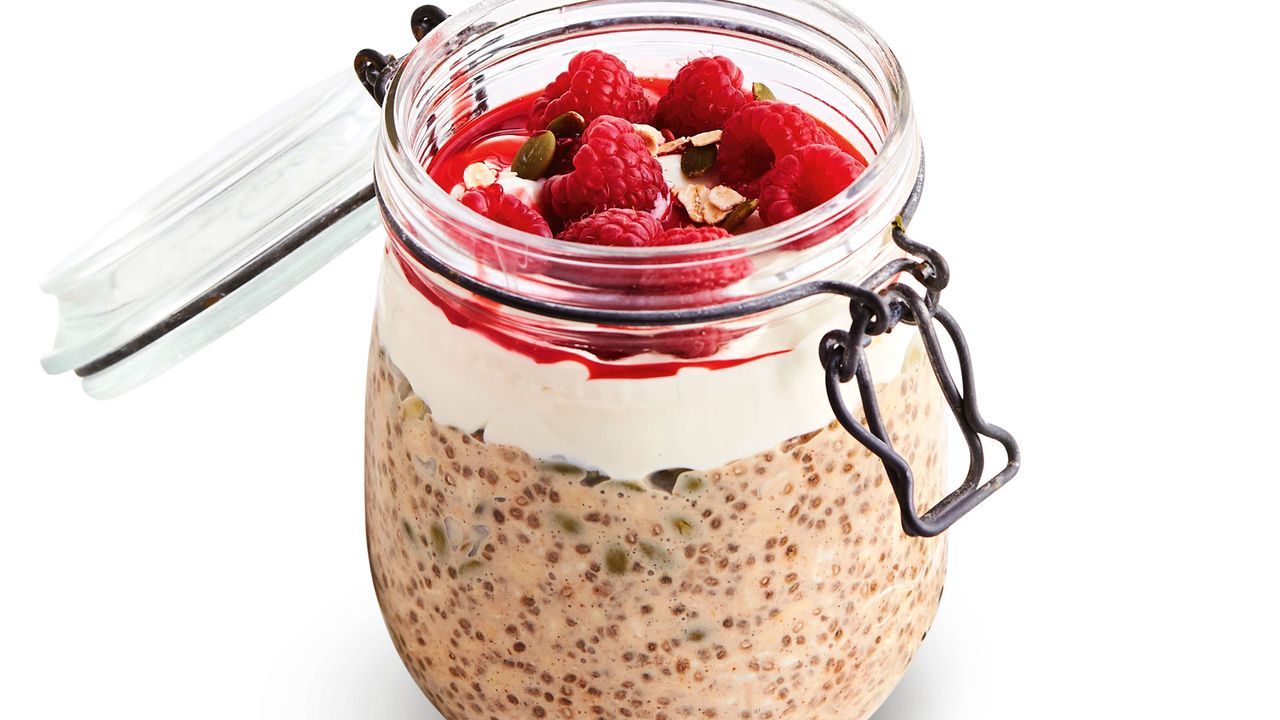Matt Preston on why ‘swicy’ Korean food is the next big thing
Foodies are experiencing a current obsession with ‘swicy’ food (both sweet and spicy) — and one type of international cuisine is set to capitalise on it.

Food
Don't miss out on the headlines from Food. Followed categories will be added to My News.
Sugar is sweet and spice brings the heat, but when you put the two together, you get a flavour combination that hits all the right notes.
Few places have had such a culinary impact on me as Seoul. I returned convinced that Korean was the international cuisine most likely to next take Australia by storm.
We saw flurries – the occasional critically praised restaurant – but nothing to say that Korean was an ‘it’ food.
Now, with our current obsession with ‘swicy’ food (both sweet and spicy), Korean cuisine is perfectly poised to capitalise.
For once, this isn’t just a matter of me sensing a wind of change, but something that’s supported by the millions of searches we see at delicious.com.au every week.
In fact, the popularity of Korean food on the site has grown by 32 per cent, year on year.
When it comes to classic swicy Korean dishes, there’s that unique fried chicken, where the crunchiest of chook crusts is coated with a sweet, spicy gochujang sauce.
Or the classic street snack of tteok-bokki (spicy rice cakes). These chewy quills are cooked in a similar sauce of gochujang, sugar, soy and minced garlic, with Korean chilli flakes added for extra punch. These are cooked in a Korean-style dashi-like stock, which adds some funk.

These dishes sit perfectly beside other swicy gems like a chilli caramel sauce, anything made with Thai sweet chilli sauce or those Chinese red braises loaded with sweet soy and red chilli.
Heck, even a bagel with cream cheese dolloped with a sweet and spicy jalapeño jam is part of the swicy movement! Part of the appeal is how the sweetness seems to temper the capsaicin hit of the chilli.
For more food, travel and lifestyle news, go to delicious.com.au
Korean cuisine is often all about the balance of sweet, hot and salty, with sour and bitter in supporting roles.
While there are a number of unfamiliar ingredients (like acorn jelly and crown daisies), the bulk of Korean flavours will be familiar in Aussie kitchens.

Central flavourings are garlic, sugar for sweetness, chilli, Korean chilli powder (gochugaru), chilli paste for heat, and soy sauce and ssamjang dipping sauce for a saline hit.
Other key flavours are sesame (oil and seeds; black and white), vinegar, shiso leaves, ginger and lime juice. Of course, kimchi and gochujang chilli paste are both already firmly in the mainstream.
The growth in kimchi’s popularity predates this current swicy trend, and was anchored to the growth in fermented products. It serves a wonderful role as a tangy foil to ‘swiciness’.
And there are plenty of other banchan (side dishes) – like a spicy radish salad (musaengchae) – that provide sweetness and a little heat.
I’d give you a recipe for a swicy Korean treat, but this simple dinner of spicy Chinese prawn dumplings is a current fave in my house.
The sauce, rather than being made with gochujang, is built around Chinese doubanjiang (spicy bean paste) and crispy chilli oil sweetened with a little caster sugar. It’s so easy, you’ll love it!
For more food, travel and lifestyle news, go to delicious.com.au



